
Freestanding Lace Basics & How-Tos
Freestanding Lace
What is it? How do I make it?
Freestanding lace is made from a machine embroidered design, usually comprised of lace fill stitches and satin stitch outlines that hold the lace together and finish the edges so the finished piece can stand alone. Read on to learn the basics of these designs and how to stitch them with professional results.
Note: This post contains affiliate links, which if used to make a purchase may earn us a commission.
What is Freestanding Lace
Freestanding lace designs are often referred to as “FSL.” These types of designs are always stitched onto water-soluble stabilizer so it’s entirely washed away after the design is stitched. There is typically no fabric in these designs; they’re made entirely of thread. However, some FSL designs may incorporate fabric appliqué motifs into the lace for additional embellishment and/or to secure portions of the design.
(The above Freestanding Lace Tea Lights designs are featured in our March 2023 Webcast with Designs by Babymoon. Register here >)
Arguably, FSL designs can be considered In-the-Hoop (ITH) designs as well, because often the design created is a project in itself. Think bookmarks, lapel pins, headbands and jewelry (and the tea light covers shown above). You can also create your own lovely trims using freestanding lace designs.
Freestanding Lace Jewelry
Freestanding lace jewelry is all the rage now. Designs by Babymoon has a line of freestanding lace earrings that keeps growing with new motifs released almost monthly.
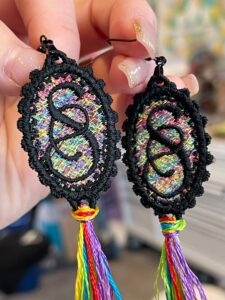
For FSL earrings, oftentimes a jewelry kit comes in handy in order to have the jump rings, clasps, earring fronts/backs, etc., especially if you plan to make many pairs and give them as gifts.
Bracelets and cuffs are also super cool and become great conversation pieces. Everyone will ask where you bought a bracelet make of thread lace, and when you say you made it yourself they will all want one (or several!).
Some FSL bracelet designs come with instructions for creating a thread loop clasp, while others recommend a simple bracelet lobster claw/jump ring to sew onto the thread loops at either end. There are many ways to wrap and secure these types of lace projects around your wrist!
How to Embroider Freestanding Lace
Freestanding lace requires loads of thread. So if you plan to make more than one identical item, consider purchasing a King or Maxi spool of thread (or even a Jumbo cone). The freestanding lace will be seen from both sides at all angles, so use the same thread in the bobbin as you’ll use in the needle. (This means more thread, too!)
Most FSL designs are digitized for 40 wt. Rayon or polyester thread (such as Poly Deco™). However, some designs also incorporate metallics or heavier weight threads, such as 30 wt. Cotton. Make sure to consult the design information sheet, often included with the designs as a PDF file) to know which thread type and weight to use for optimum results.
Some FSL designs are made with only one thread color, while others incorporate more colors for certain motifs or the satin edge stitching. Consider using 40 wt. Multi-Colored Rayon Thread (shown above) to create beautiful multicolored jewelry without changing thread spools throughout the stitchout.
SUPPLIES NEEDED FOR FREESTANDING LACE
- Sulky Ultra Solvy Stabilizer
- FSL Design (featured: Freestanding Lace Bracelets and Cuffs – OESD)
- Sulky 40 wt. Rayon Thread (or thread type/weight determined by designer/digitizer; featured color: Sulky 40 Wt. Rayon Multi-Color Thread – Med. Green/Purple/Gold – 250 yd. Spool)
- Optional: jewelry kit
Sulky Ultra Solvy Stabilizer is four times as firm, thick, heavy and strong as original Sulky Solvy. It provides a stable base to build freestanding lace designs without perforating along the stitching. The stabilizer can withstand many, many needle penetrations and and washes away completely when the stitchout is complete.
- After importing the chosen design into the machine, check the orientation.
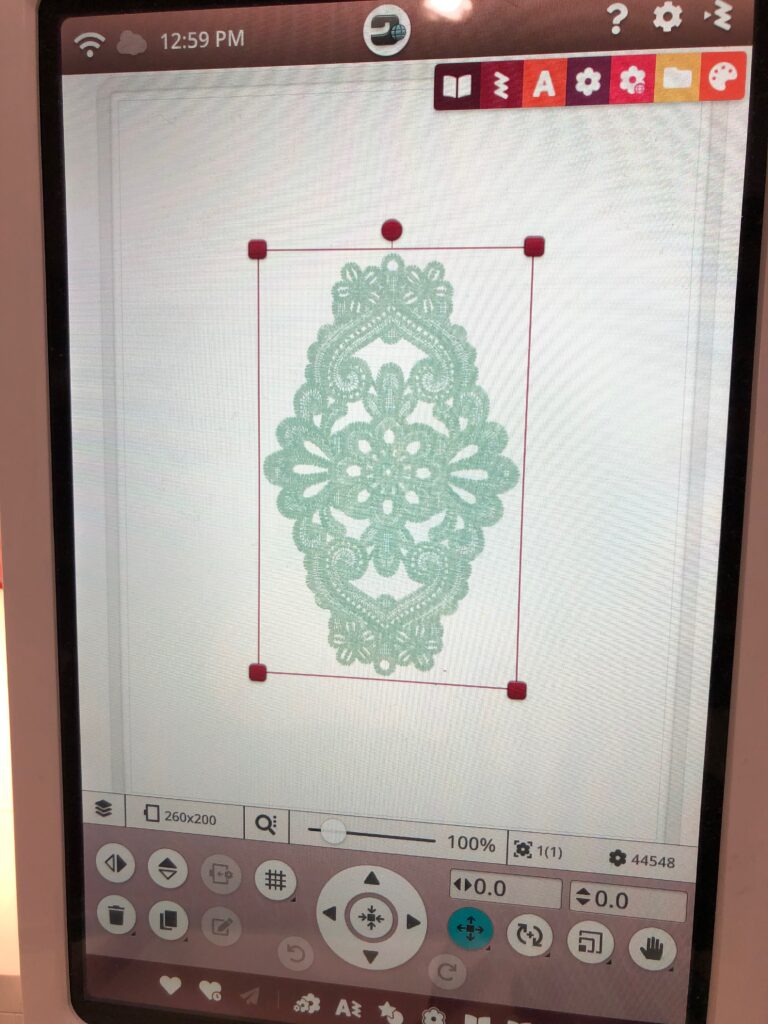 You may be able to add more designs and complete many in one hooping.
You may be able to add more designs and complete many in one hooping. 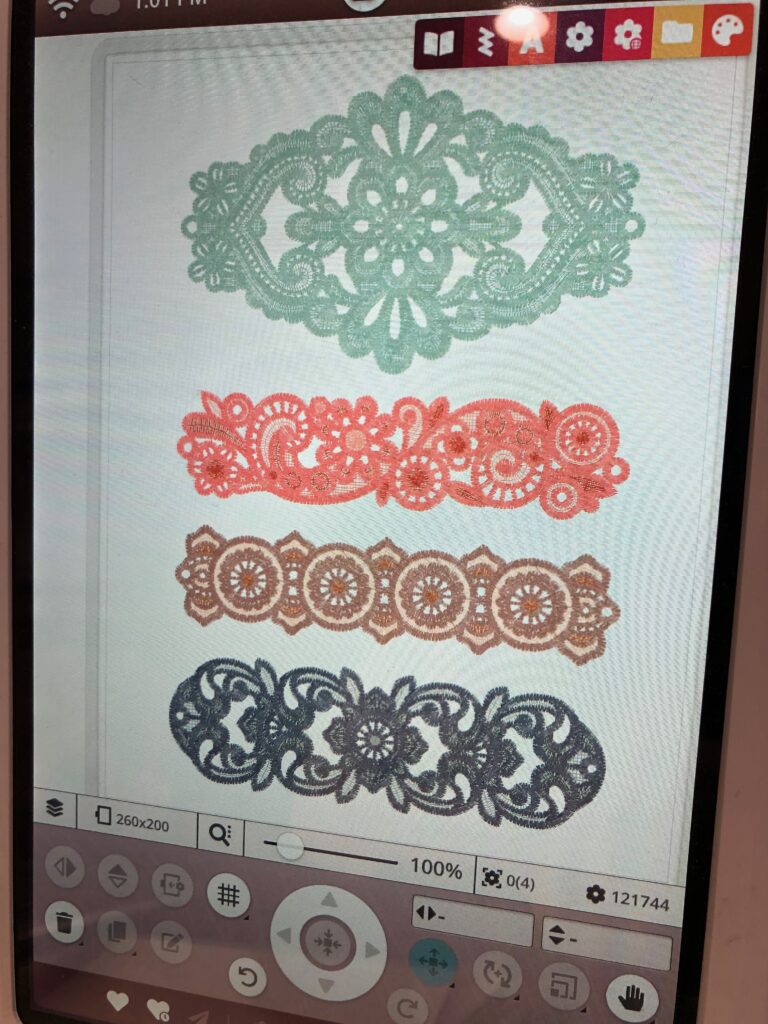
- Then, hoop the stabilizer only. Place the hoop onto the machine.
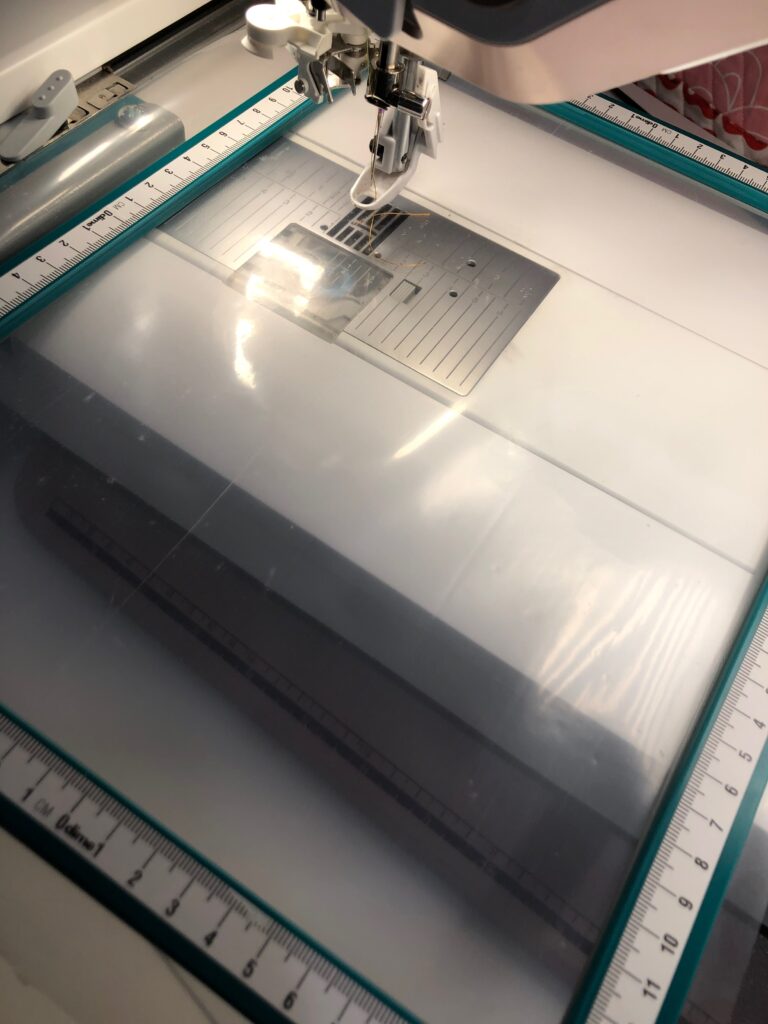
- Embroider the design. If there are jump stitches, be sure to trim them with each thread change so nothing gets caught in the subsequent stitches.
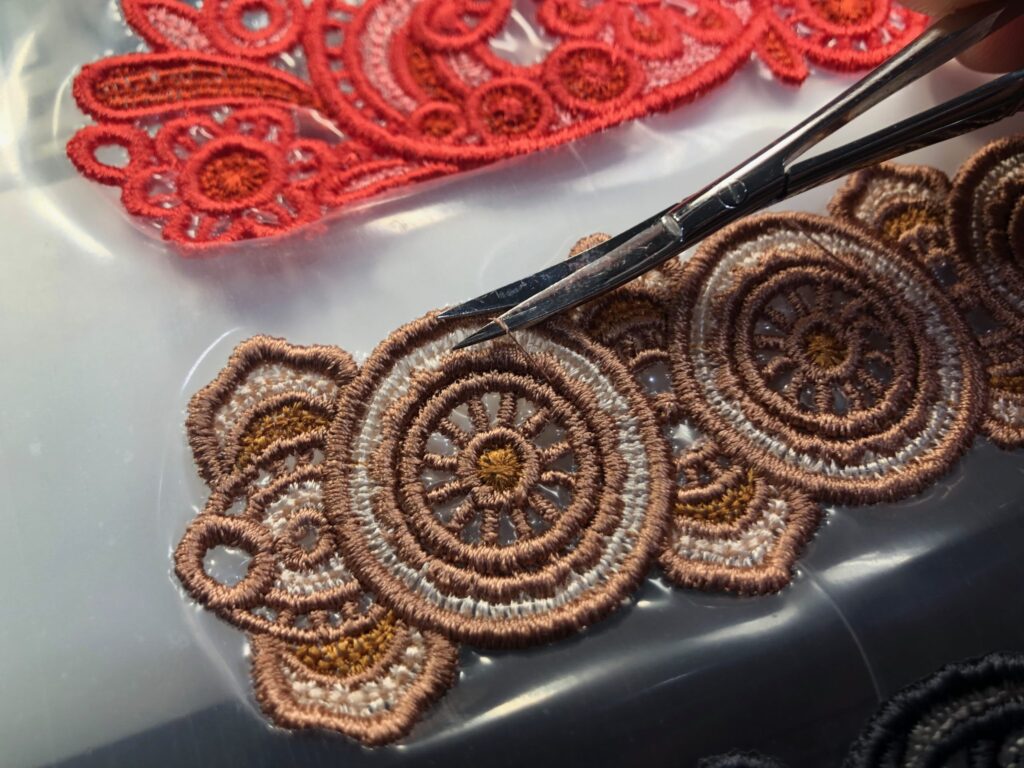
- When embroidery is complete, remove the hoop from the machine and the stabilizer from the hoop.
- Trim the lace design away from the stabilizer.
- Completely submerge the lace in warm water, agitating the lace a bit until the stabilizer is dissolved.

- Then, let dry flat on a towel.
If preferred, leave some stabilizer behind, within the stitching, to provide more support for the FSL project. For example, if making a freestanding lace house or angel that you want to stand up. Wash away enough stabilizer so it disappears from the outer satin stitch line, but make sure the thread still feels stiff. If you want more stiffness after washing away, dissolve the excess stabilizer into a spray bottle of water. Spray the finished item while shaping it until the desired stiffness is achieved.
Assembling Freestanding Lace Bracelets & Cuffs
Depending on the size of bracelet, and the wrist size of the wearer, you may need a longer chain connecting a jump ring and lobster claw/closure to extend the lace length. (A jewelry kit comes in handy for this, too!)
Some jewelry extenders come with a lobster claw on both ends, which fits nicely around the loops on either end of many bracelet designs (shown above). These are somewhat difficult to use if you don’t have a helper to secure one lobster claw for you. If the latter is true, consider a magnetic jewelry expender. These may have lobster claws on both ends or a jump ring on one end with a lobster claw on the other. Plan to hand sew the jump ring around one bracelet loop and use the lobster claw on the opposite loop, in that case.
Or, if you need a shorter length, attach two jump rings to either side of the magnetic jewelry extender, and insert each jump ring to each bracelet loop.
There are loads of different jewelry extenders, jump rings and magnetic clasps to choose from in different finishes. Find one that’s right for the wearer and provides the needed length to secure the bracelet or cuff.
Make as many or as few and gift them for all sorts of occasions!


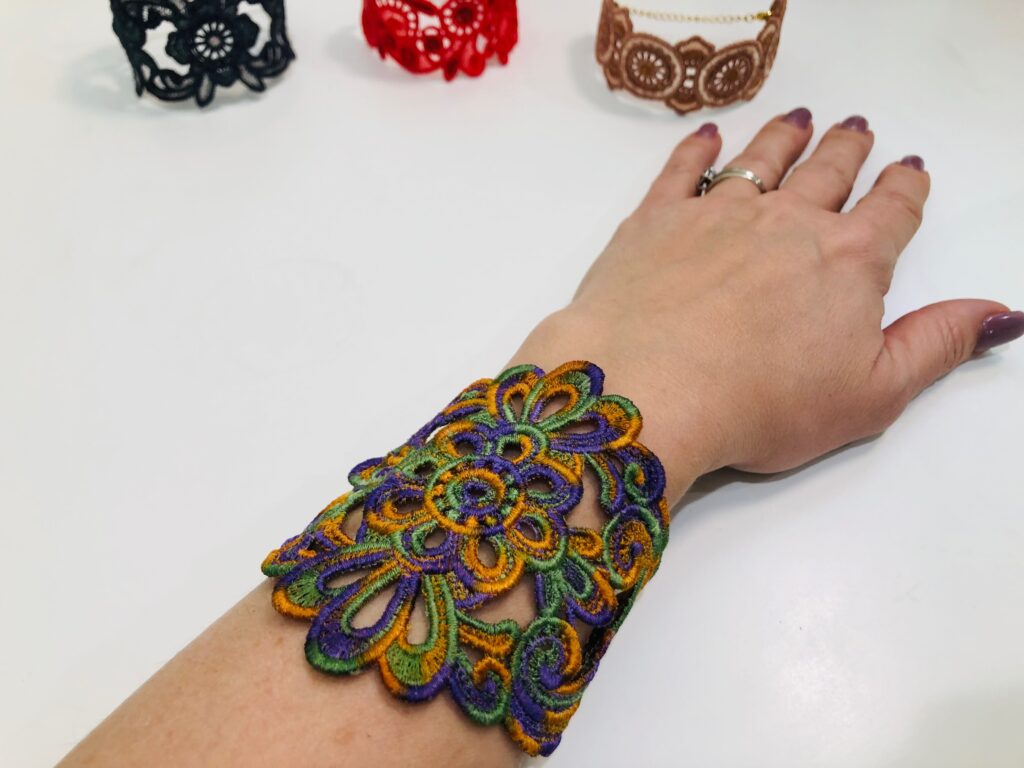


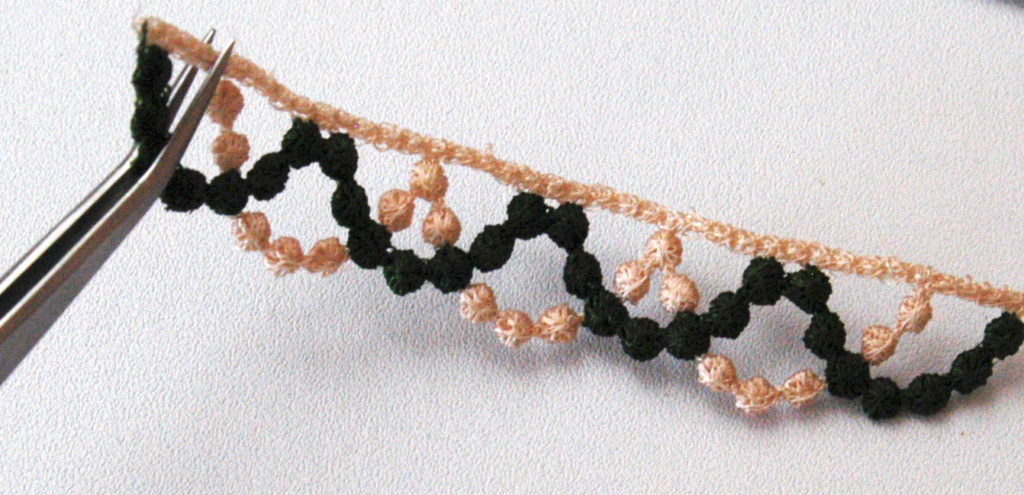
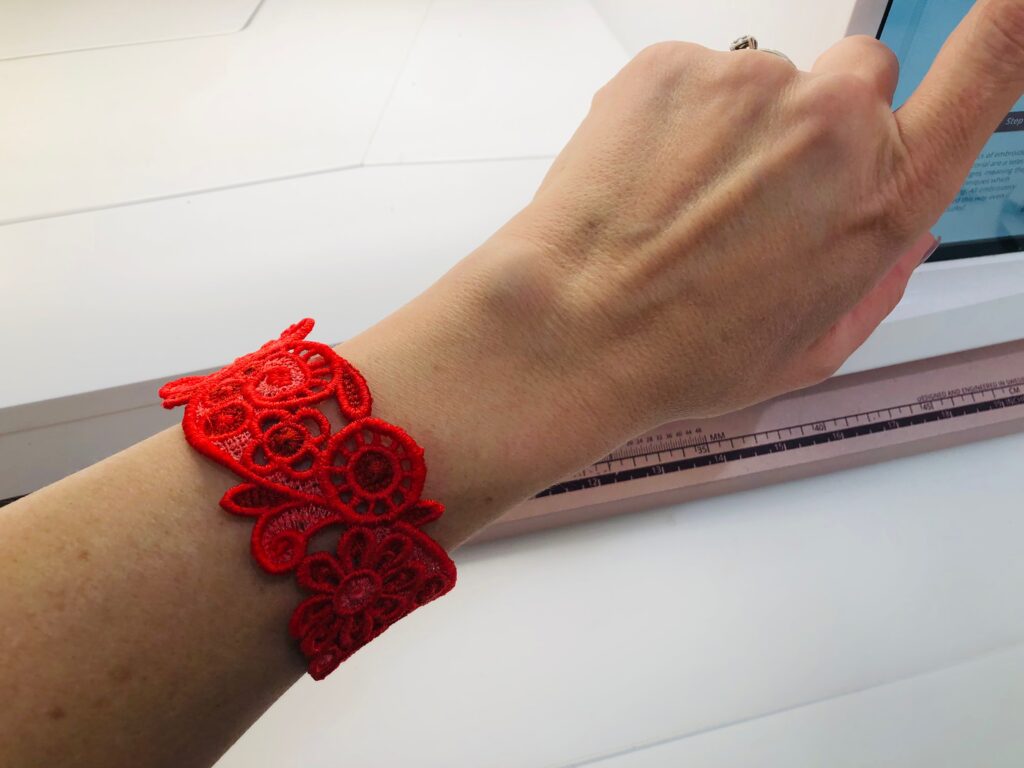
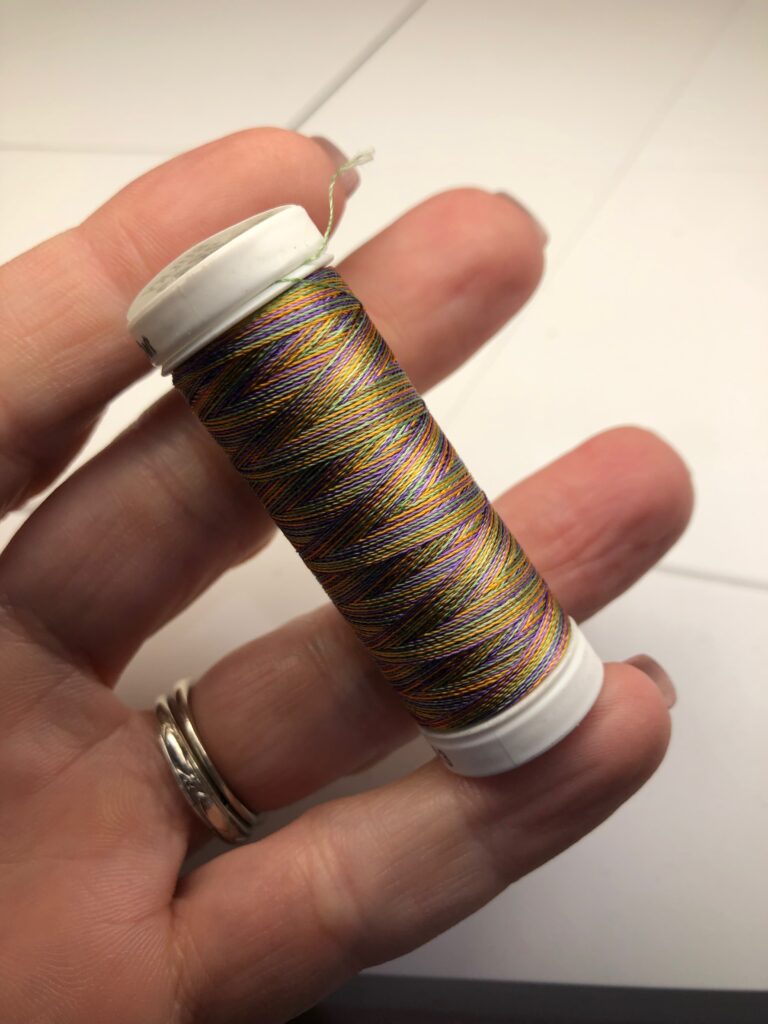

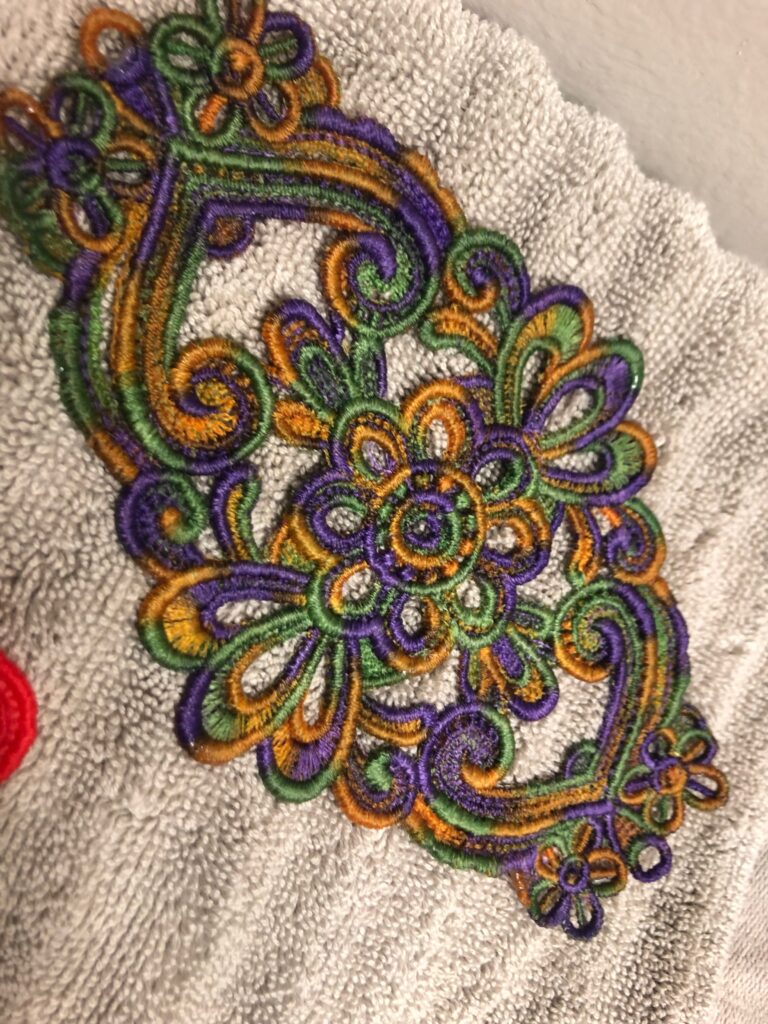
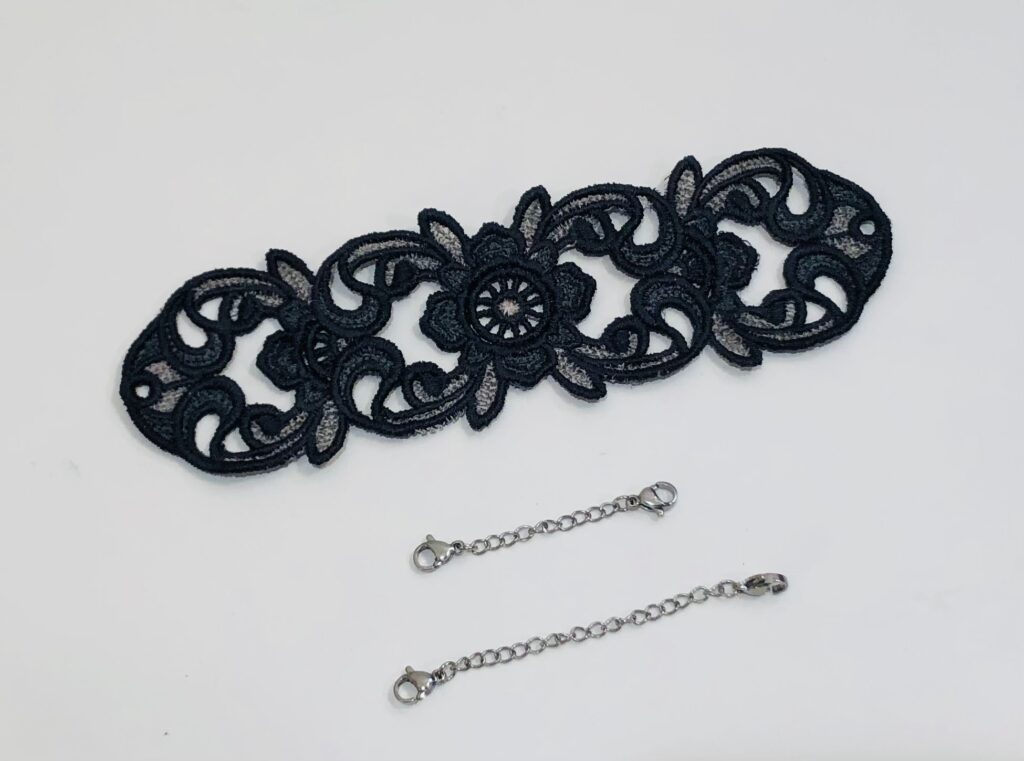
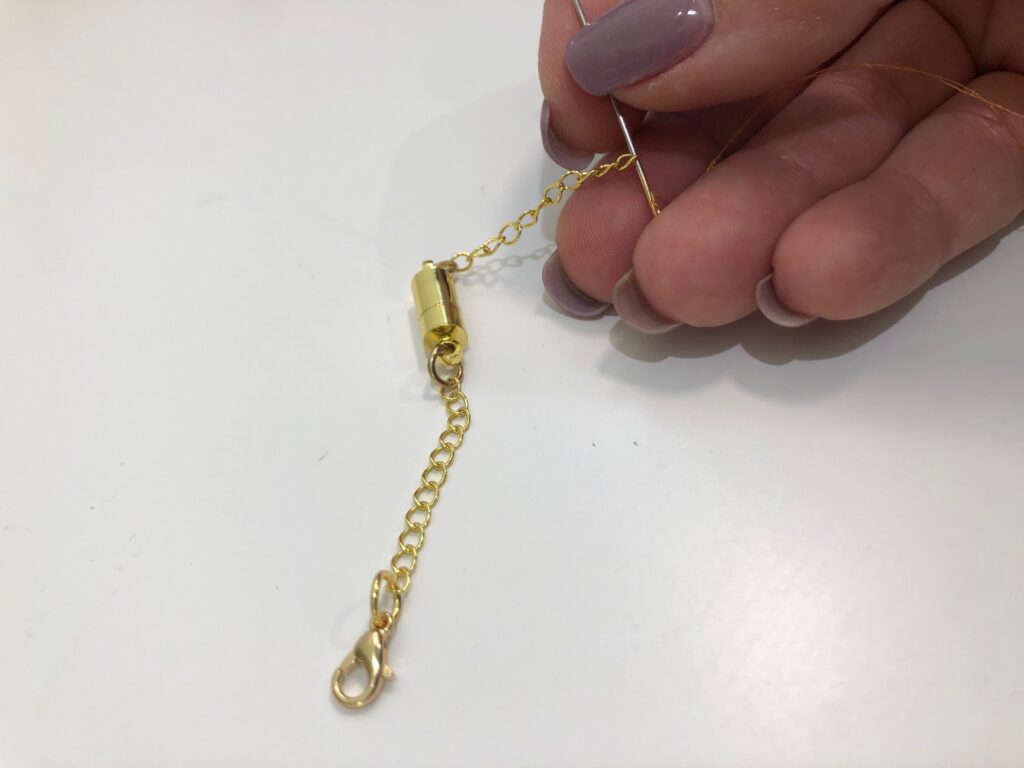
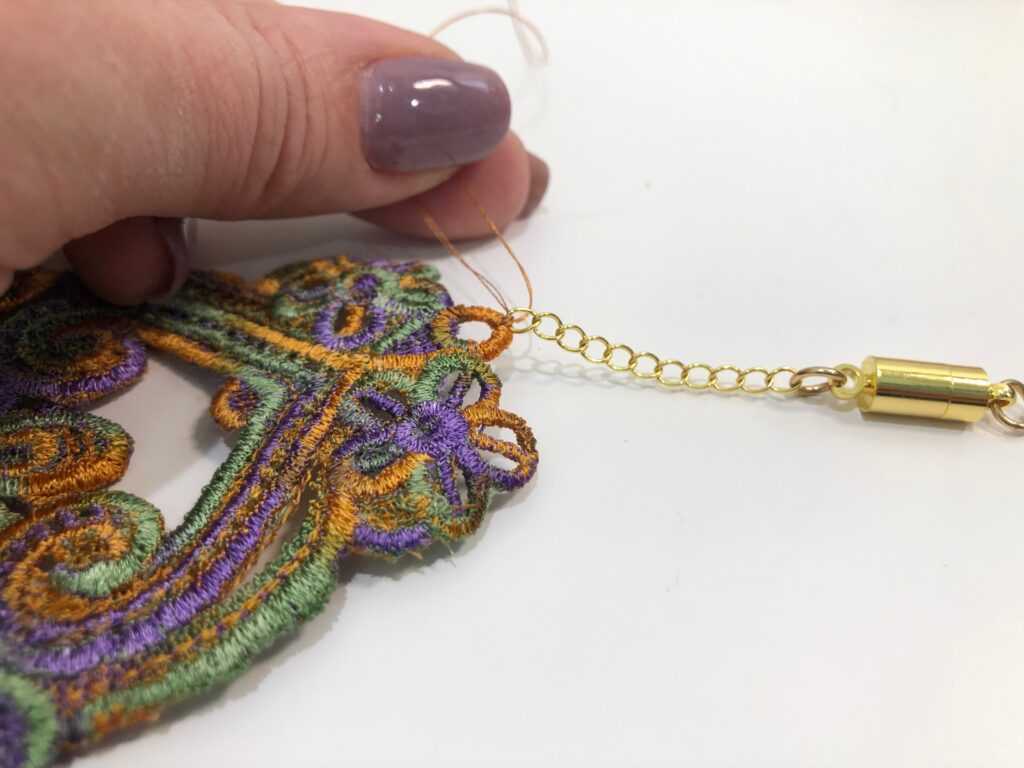
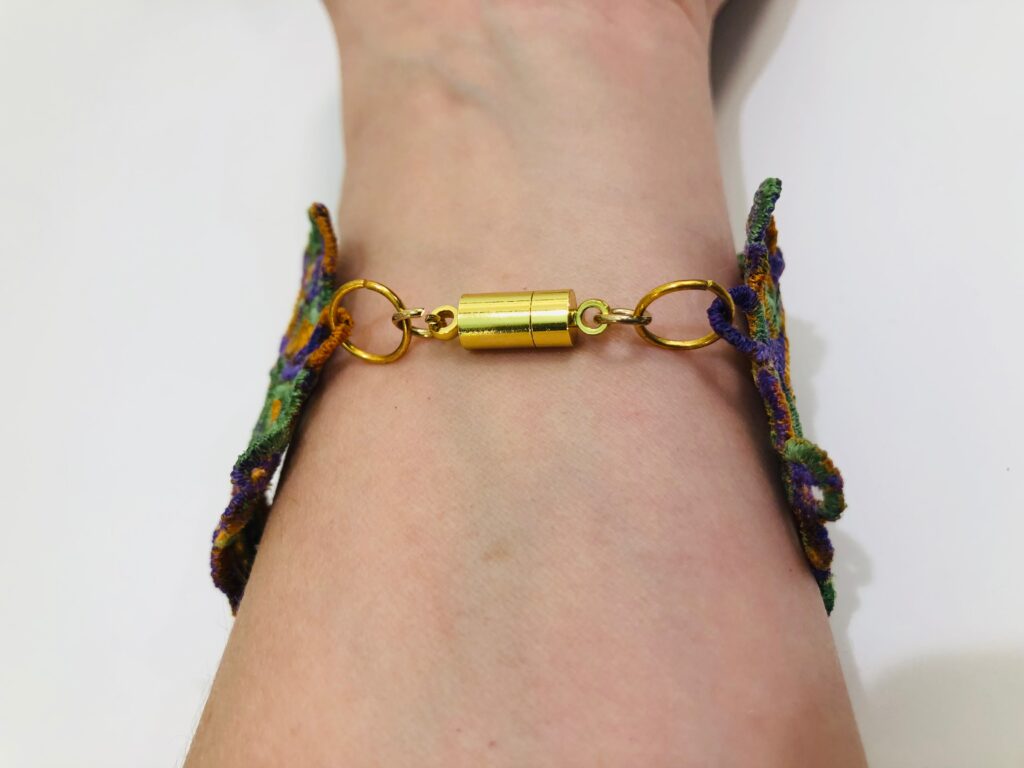

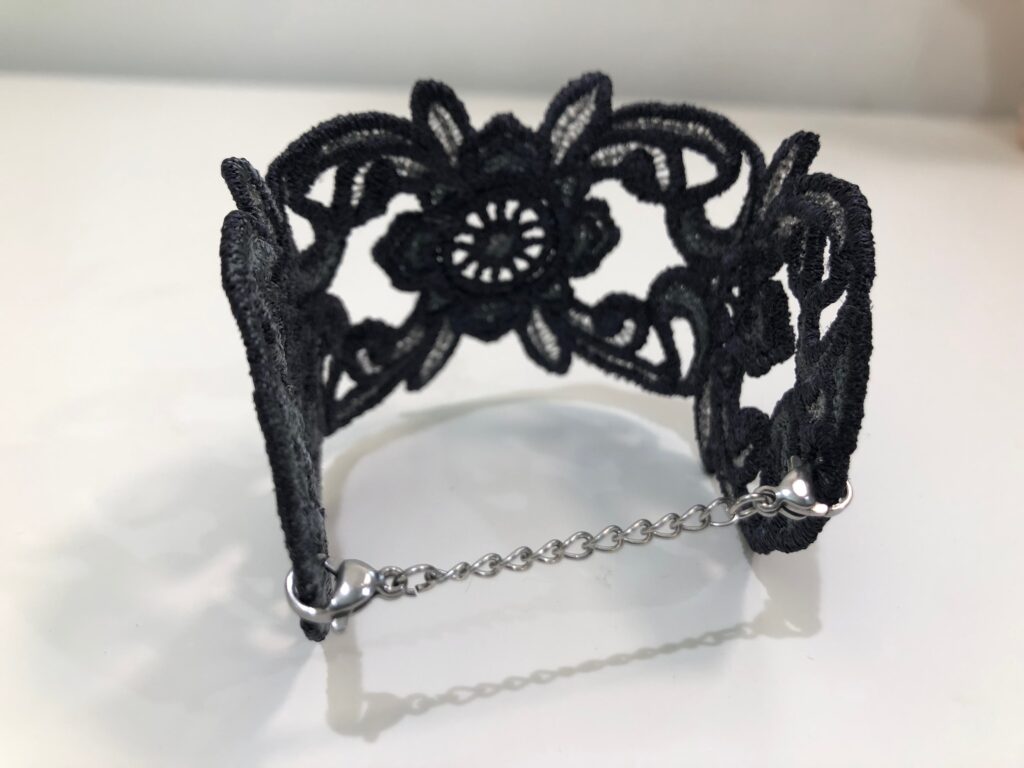
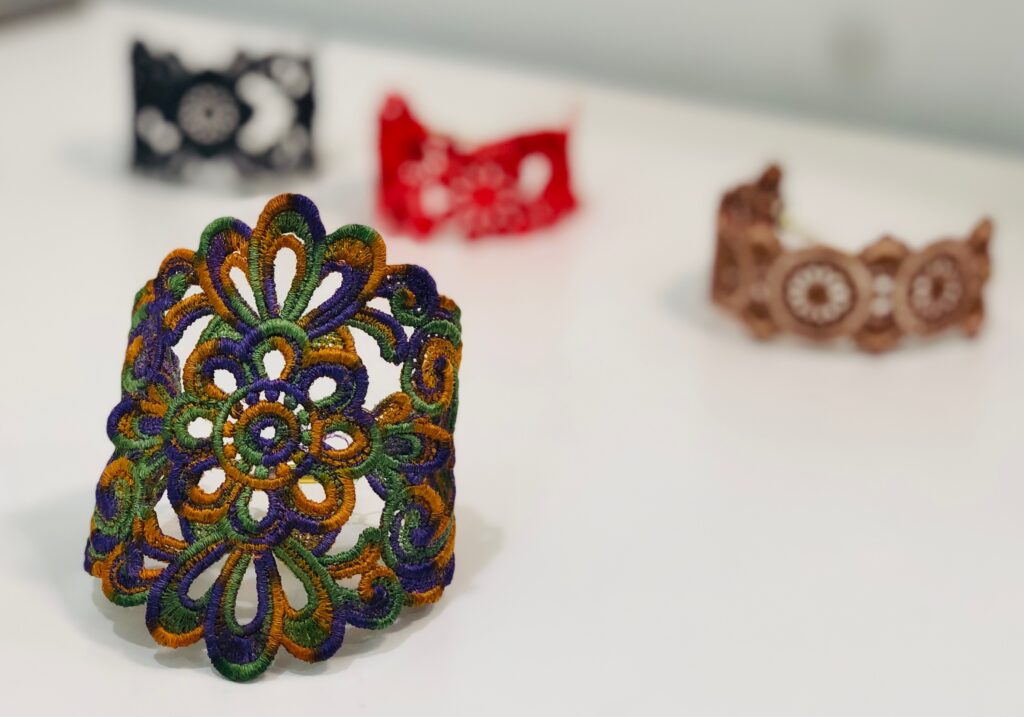

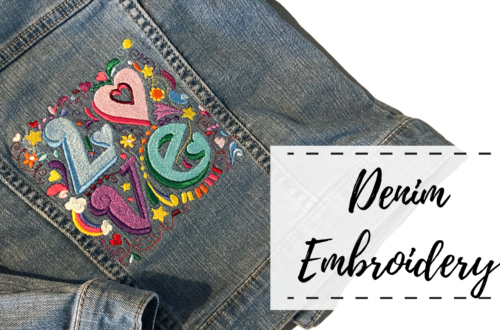
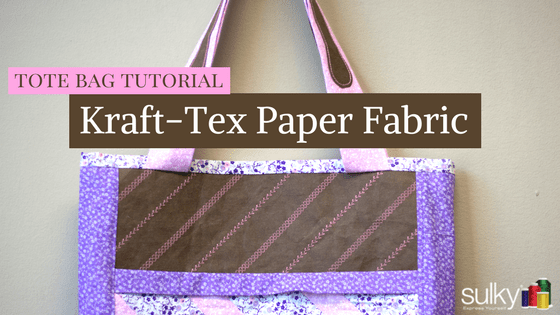
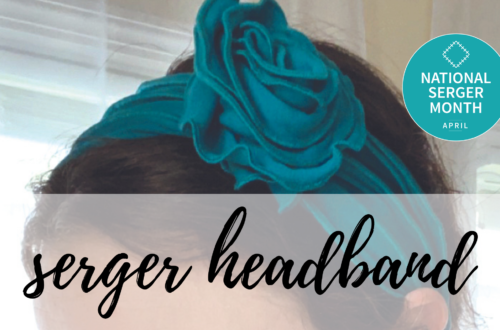
4 Comments
Virginia Jones
Beautiful. I do love free standing lace. I have made several pieces.
Joan Shriver
Oh, thank you, Ellen, for clarifying some of my questions on findings for embroidered jewelry. I’m an embroiderer, not a jeweler, so have several projects not finished because of my inexperience. Your examples are gorgeous!
nan mcmillin
what size & type needles work best?
Ellen March
The needle type that works best is an Embroidery Needle or Microtex also works well. The size is dependent on the thread weight you’re using. So if you’re using 40 wt. Rayon or Poly Deco, use a size 80/12. If you’re using 30 wt. Cotton Blendables or Poly Sparkle, go up to a 90/14.